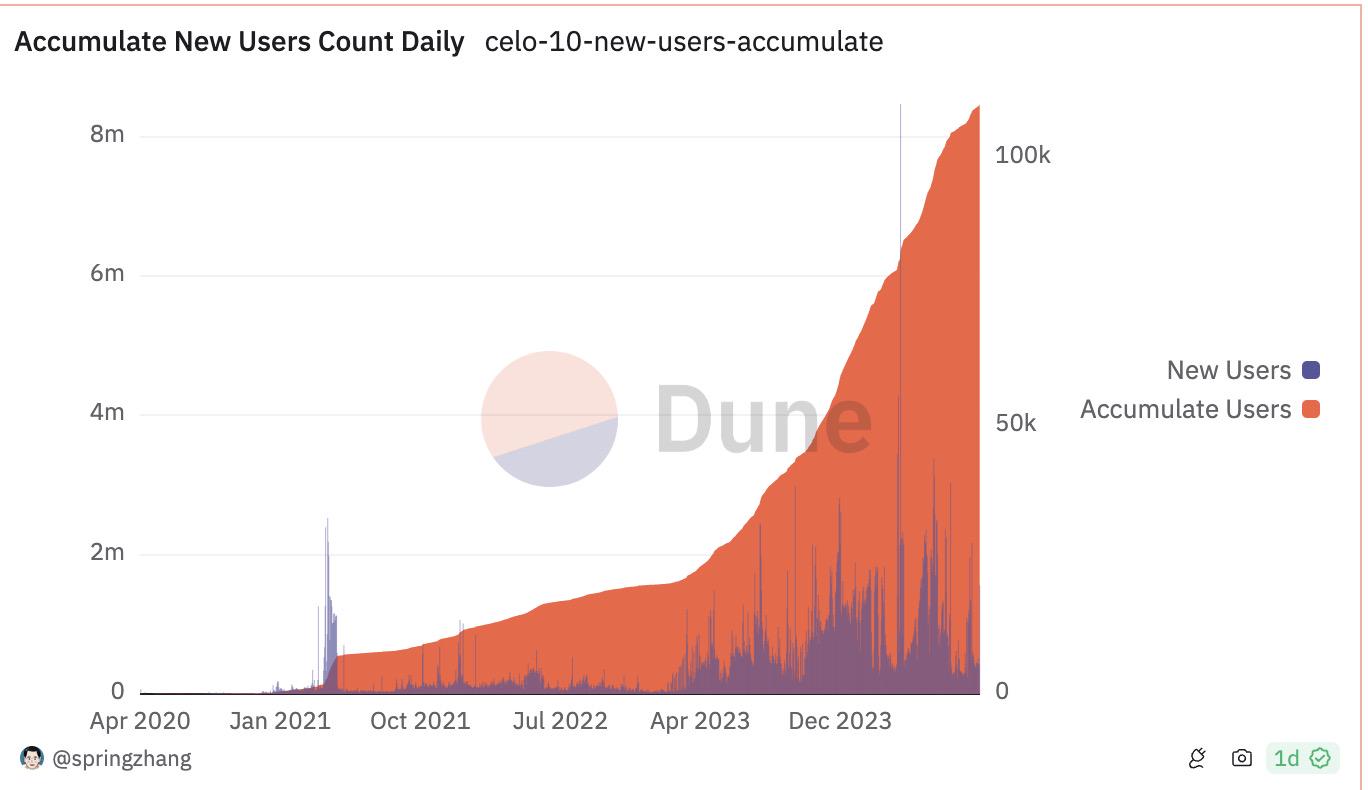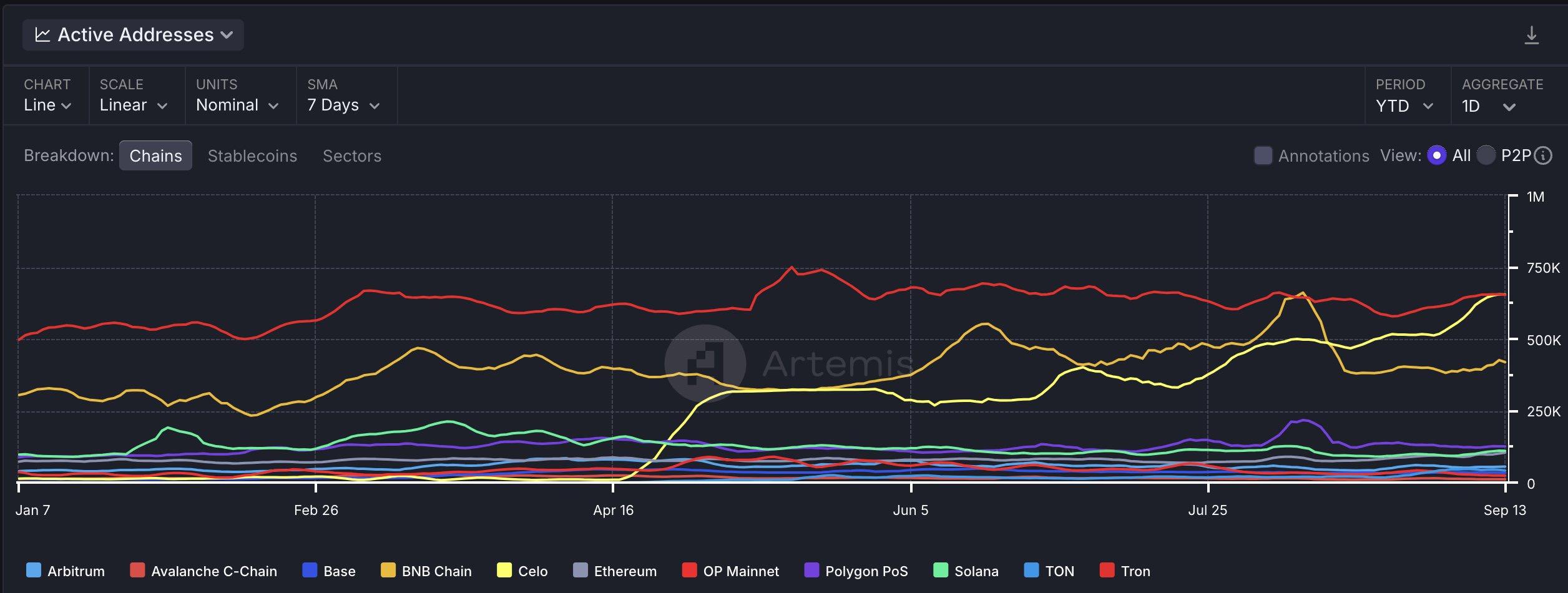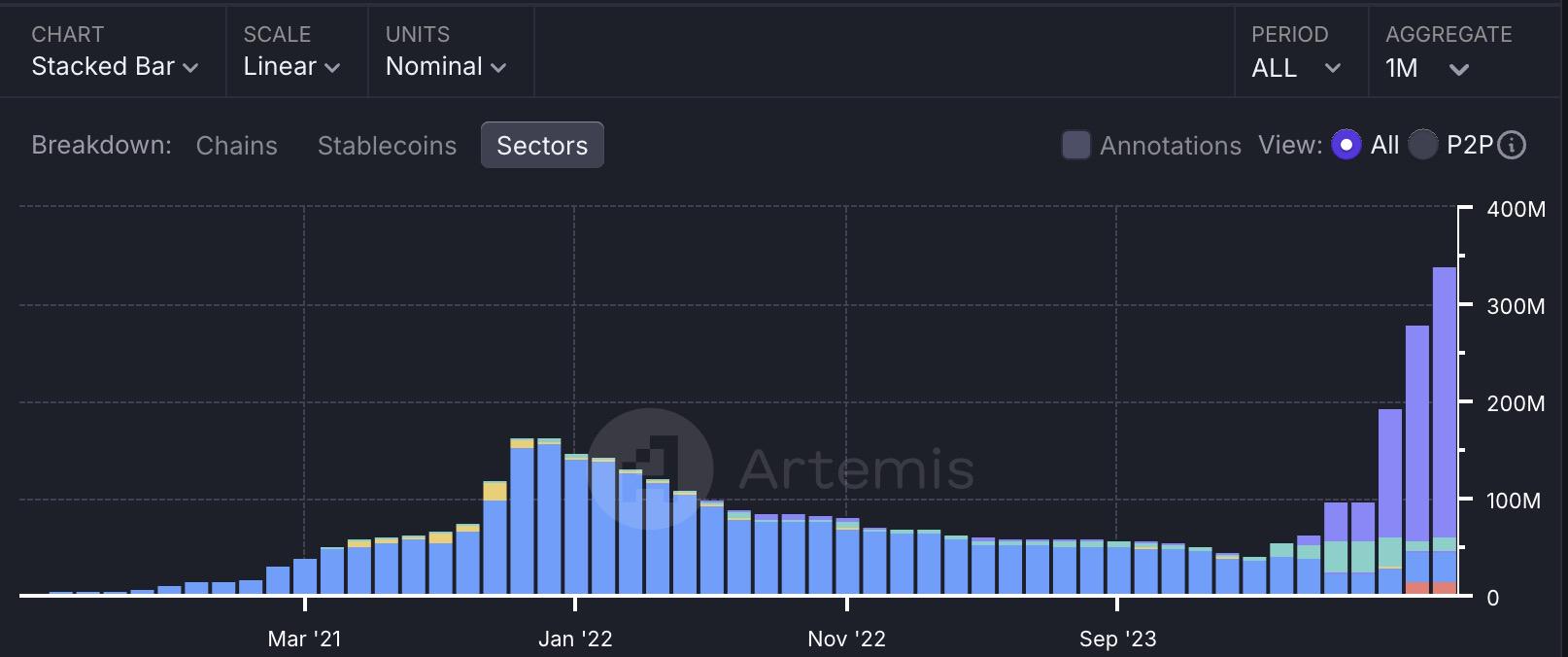Written by: Nancy, PANews
Vitalik's tweet led to a double-digit rise in Celo. As an old public chain, Celo, which originally focused on the concept of ReFi (regenerative finance), is accelerating its strategic transformation to L2 and stablecoins and has achieved impressive results, which also adds more highlights to it.
Advancing the new narrative transformation of L2 and stablecoins
On September 25, Ethereum co-founder Vitalik Buterin tweeted about Celo and drove its token CELO up by as much as 22.3% in a short period of time. Vitalik said on X, "Improving global access to basic payments/finance has always been a key way Ethereum has benefited the world, and I'm glad to see Celo gaining attention. My impression is that Celo is clearly focused on developing countries. This is a good thing for them because that's where many important challenges and opportunities lie."
In fact, Vitalik's high-profile praise of Celo is inseparable from its narrative transformation. On the one hand, Celo turned to L2 to "surrender" to Ethereum. After first proposing to migrate from the EVM-compatible Layer1 blockchain in July last year, Celo recently announced that it is transforming into an Ethereum Layer2 solution, aiming to provide a seamless user experience with speed, low cost and ease of use. For this transformation, Celo emphasized its consistency with Ethereum culture, saying that "becoming L2 not only ties Celo more closely to Ethereum's vast network, but also enables the community to innovate with greater confidence and influence."
As part of this transformation, Celo is currently running two second-layer testnets: Dango, which is built on the OP Stack and has been launched, and Alfajores, which will be upgraded to L2 on September 26 this year, and will officially launch the L2 mainnet in November this year.
In addition to this major transformation, Celo has also begun to focus on stablecoin payments and the entire RWA track. For example, in February this year, the Celo Foundation announced that Circle's US dollar stablecoin USDC had been deployed on the Celo mainnet, and the following month announced a partnership with Tether to complete the deployment of USDT. In order to increase user usage, Celo also allows the use of USDC or USDT to pay for gas fees. This decision has been supported by dozens of protocols, covering on-chain savings, lending, remittances, peer-to-peer and cross-border payments.
In addition, Celo has further deployed RWA through initiatives such as co-launching Credit Collective and providing 2 million cEUR to support RWA projects, integrating with the RWA protocol Centrifuge, and co-launching the RWA Base Camp accelerator program.
According to Celo’s official disclosure, Celo has established partnerships with more than 1,000 partners in 150 countries, including the Opera MiniPay ultra-light stablecoin wallet in Kenya and Ghana, which has recently exceeded 2 million users in Africa. This also adds confidence to Celo’s rapid expansion of its influence in the L2 and RWA markets.
Many data have soared this year, possibly stimulated by stablecoins
A number of high-growth data demonstrate the effectiveness of Celo’s transformative initiatives.

Dune data shows that as of September 25, the number of transactions on the Celo network has exceeded 470 million, basically showing a month-on-month increasing trend, and the number of daily transactions has more than tripled to 1.2 million compared to the beginning of this year; and the number of user addresses has increased to 8.467 million, an increase of 84.1% this year, of which the proportion of new users once reached 63.1% in April this year.

At the same time, Artemis data shows that Celo's recent number of active addresses has exceeded Tron, BNB Chain, Polygon PoS, etc. The data further shows that this increase in the number of addresses is due to the growth of Celo's stablecoin transaction volume.
Artemis data shows that as of September 25, Celo's stablecoin monthly transfer volume was nearly 1.13 billion, with a growth rate of more than 28.3% in the past three months, and the stablecoin supply has reached 290 million, a significant increase of about 6.4 times compared to the beginning of this year. Among them, data from Tether's official transparency page shows that the total amount of Tether authorized on the Celo chain has exceeded US$470 million, exceeding Near and Cosmos, of which the authorized but not yet issued Tether on the Celo chain is US$269 million.

In addition, the data growth of Celo ecosystem wallet applications also confirms the rapid growth of the entire ecosystem. For example, the Web3 payment wallet MiniPay reached 1 million wallets within five months of its launch in 2023, and increased to 3 million as of July this year. It has also expanded to countries with high cryptocurrency adoption rates such as Kenya, Ghana and South Africa.






